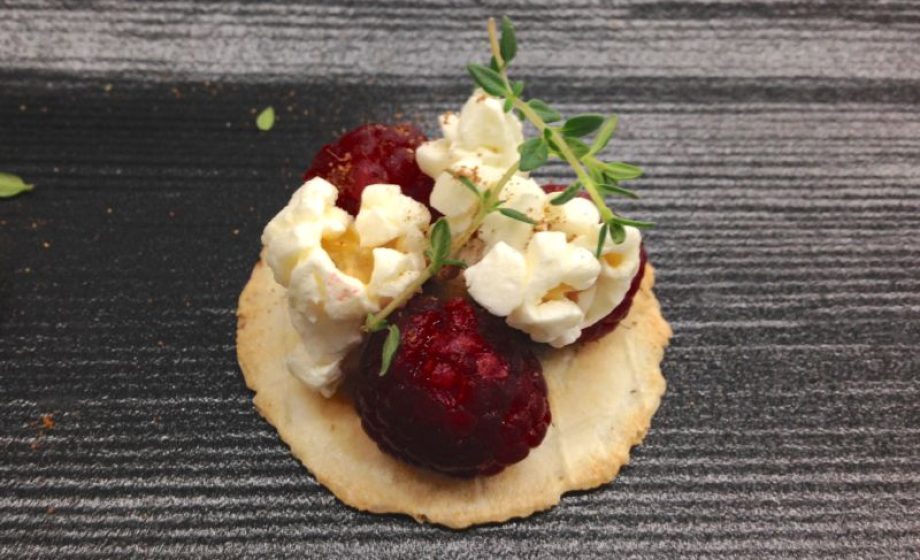What will the future of food look like ?
On the one hand, the world is facing a food crisis. Roughly 1 in 9 people lack enough food to eat, while pressures are mounting from population growth to climate change.
At the other end of the spectrum, the developed world’s expectations are growing increasingly sophisticated. Consumers with disposable income have become more discerning on the quality of their cuisine. The trajectory is similar to how the luxury travel industry was democratized, with for example ultra-opulent hotel facilities and amenities once reserved to an exclusive club of elites becoming widely accessible to the middle class. Witness first the rise of nationwide supermarkets like Whole Foods in the U.S. and organic supermarkets like Naturalia or Bio c’Bon in France, or the trends of biodynamic viticulture and locavores.
Furthermore, the on-demand economy has created an expectation of convenience, while not sacrificing quality. Just yesterday I stumbled across this graphic from CB Insights on the landscape of venture-backed startups in the home meal delivery kit space. The abundance of actors in my opinion will be due for a shakeout or consolidation phase; however, I also believe a second generation of innovators will arrive.
Notice how practically everyone in this first group emphasize freshness. BlueApron shows images of succulent right-out-of-the garden produce while Greenling features interviews with their “farmer heroes.”
I believe that France will prove fertile ground for continued innovation around the food consumption experience, because many of the concepts accompany nicely the sharing economy spirit. Take La Ruche Qui Dit Oui, which fosters weekly communities which connect farmers to consumers who want to bring fresh food into their kitchens directly from the farm, short-cutting a big chunk of the supply chain. Or alternatively, La Belle Assiette, which is witnessing success as a marketplace for expert chefs to give house calls (or office calls) in which they prepare dinner parties or work lunches approaching Michelin-star quality food without the restaurant (and in which I happen to be involved).
Big Data meets Haute Cuisine
Another potential convergence that has been fascinating me lately is when Big Data meets Haute Cuisine. Here’s how it started: I recently met a researcher in Japan who wrote code to scan all known recipes on the internet and model the fundamental complementarities among ingredients. By applying advanced algorithms to a broad range of alimentary components, he can identify new, often unconventional, food combinations which work well on the human palate.
This ‘recommendation engine’ can suggest new, previously unacknowledged, culinary pairings that create a gustatory nirvana in the mouth. The demo is pretty compelling (and tasty).
For example: porcino mushroom + dark chocolate + cashew + blood orange + shallot = taste bud heaven!
Researchers at IBM have launched a similar program with their Watson supercomputer called ‘cognitive cooking’ (there’s even a web app now).
Some top chefs of course have been practicing some form of ‘molecular gastronomy’ for years (Ferran Adrià of elBulli comes to mind), though on a modest scale. For reasons of fierce pride in tradition, such innovative techniques often find less traction in Paris than other European cities like London, Copenhagen, or Stockholm.
Purists may scoff at this. Even I at times prefer a proper centuries-old recipe of cassoulet over the latest fad in Peruvian-Gujarati-Inuit fusion cuisine. However, I can imagine a version of the future where even the most analog of settings, the dinner table, becomes ever more digital.



